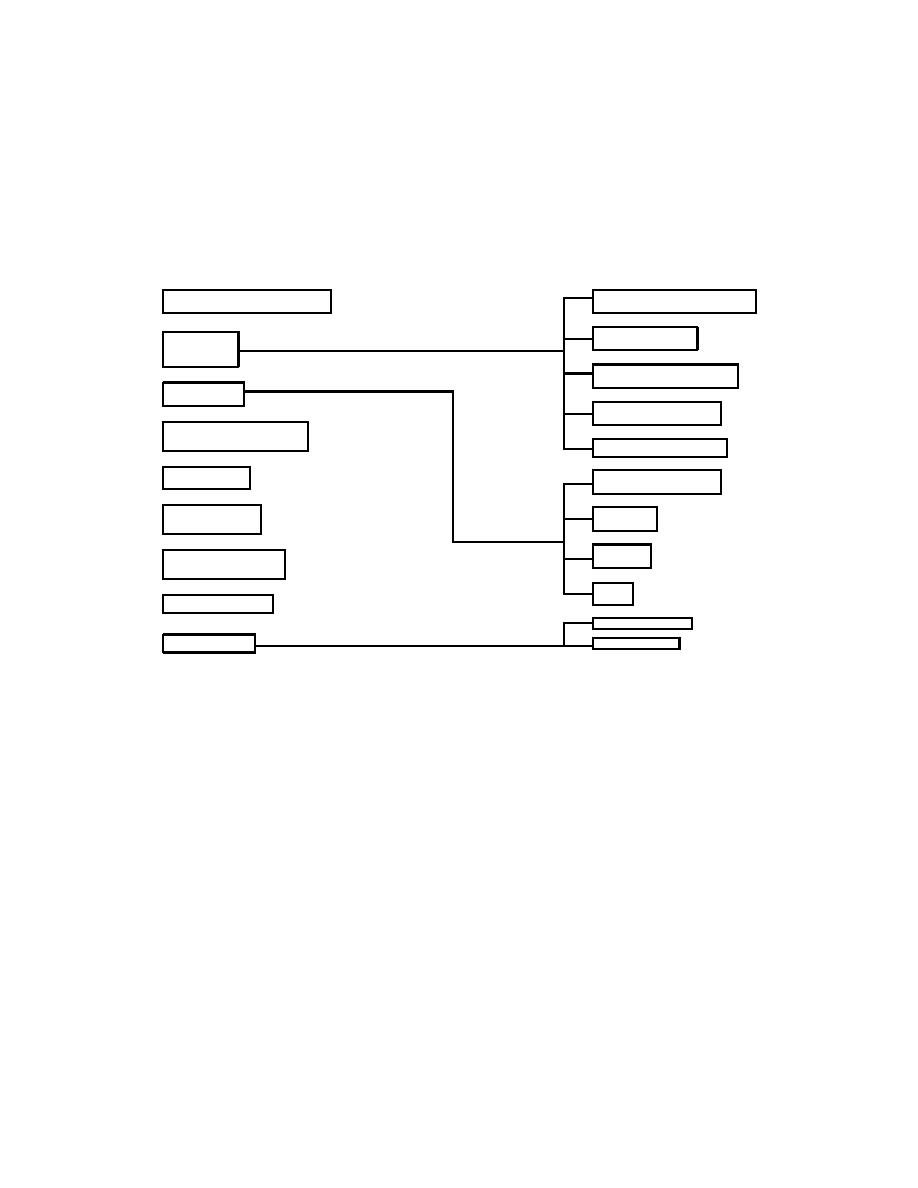
|
|

|
||
 their results are included as Appendix 2.4A. Although these studies were conducted at hydropower
projects, concepts of spatial and temporal heterogeneities, sampling logistics, and data handling are
easily applicable to tailwaters and at locks and dams. Methods for the design and installation of a
remote monitoring system have been described by Lemons et al. (1998) and are included as Appendix
2.4B. Guidelines for implementing a monitoring program with remote monitors are presented in Figure
2.4.1
Decision to implement a sampling program
How, and by whom are the data to be used?
What are the constituents?
Determination of
program goals
What other project data are available?
Site characterization
Is the installation to be permanent?
Analysis of pre-installation data and
selection of the best monitor location
How are the data to be accessed?
Hardware installation
Hydrology (Reservoir Operations)
Post-installation follow-up
Morphometry
sampling
Chemistry
Compilation of monitor data set
with linkage to other project data
Biology
Data analysis and reporting
Physical changes to site
Follow-up validation
New goals for monitor
Figure 2.4.1 Decision diagram for implementing a monitoring program with remote
monitors. Modified from Lemons et al. (1998).
The use of remote monitors results in the development of a large database of time-series data
that provides a lot of information. The transfer of the data from a collection site to a remote user is
accomplished via software and modems (Figure 2.4.2). Often data interpretation is made easier with
the use of simple statistics such as ranges and mean values. These calculations can also be used for
assessment of equipment calibrations (ranges above actual real environmental ranges which would
indicate calibration/maintenance problems) and undesirable water quality conditions. Vorwerk et al.
(1996b) address the issue of statistical verification of data from remote monitors in a study included as
Appendix 2.4C. This study emphasizes the need for determining heterogeneities and establishing the
representativeness of data collected from a fixed site. Statistical techniques for accomplishing these
tasks are presented.
2.4-3
|
||
 |
||